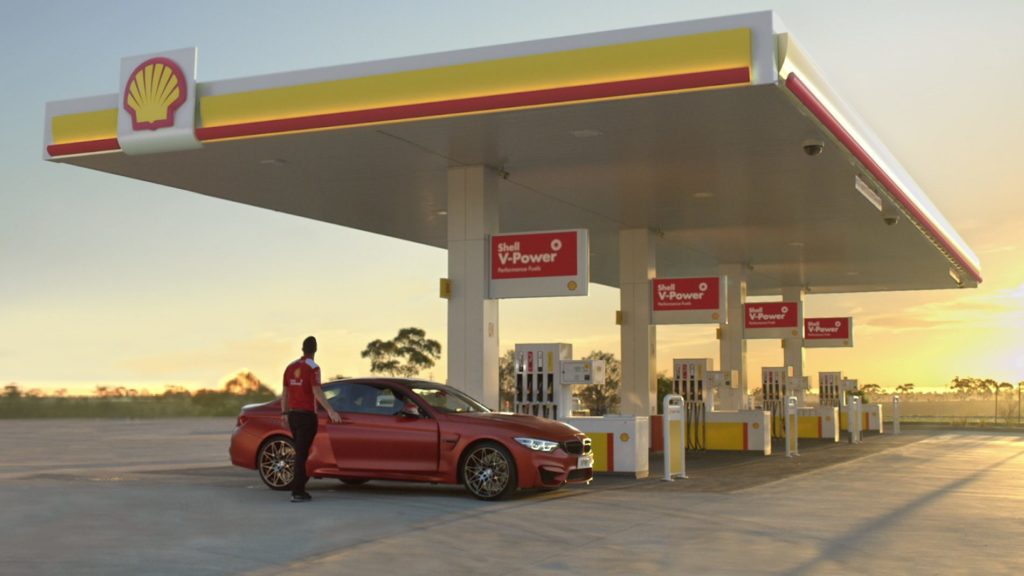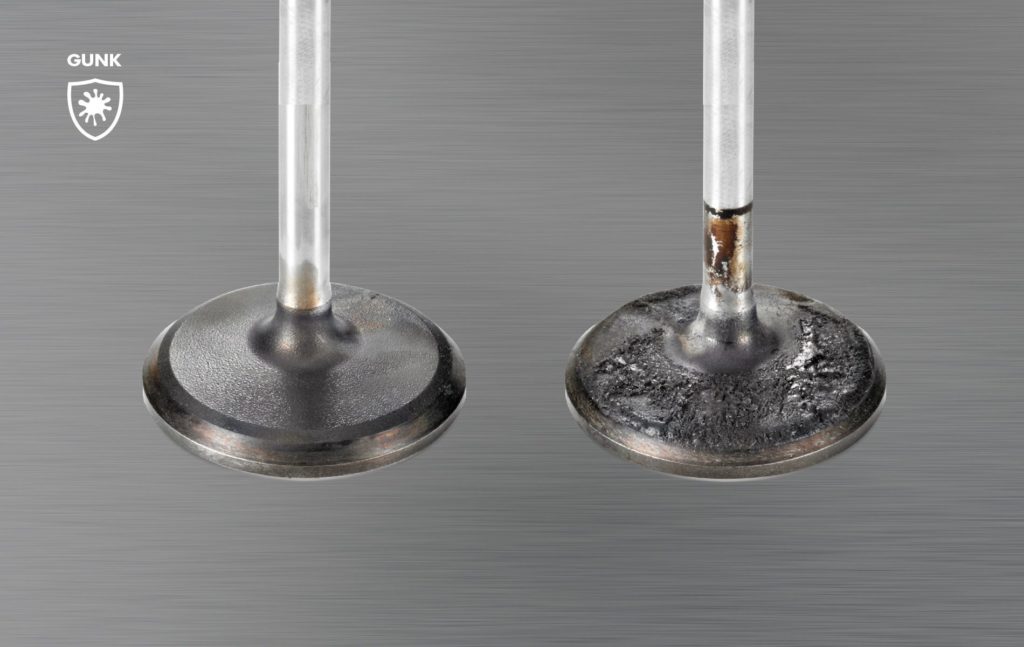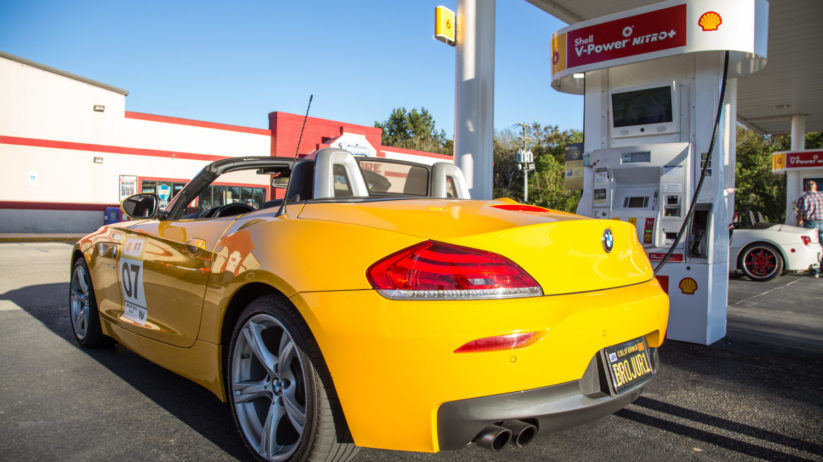Enthusiast debates relating to the use of premium high-octane gasoline are almost as old as the widespread availability of the stuff. You’d think that in today’s modern environment of endless troves of information at our fingertips, with all of the highly technical vehicles on the road, there’d be some sort of consensus—but the fact is, that’s just not the case.
In a recent survey conducted on behalf of Shell, a number of interesting insights came to light about general opinions relating to premium fuel. Chief among them was a widespread distrust of what premium high-octane gasolines have to offer in relation to engine longevity, with numbers that suggest that over half of all Americans disagree with the scientific data. Where people are getting their information might be part of the problem, as the top-ranked knowledge sources consulted for advice by individuals are their own personal mechanics, dealership salespeople, and their own family members.
But beyond an apparent unwillingness to research things independently, what’s even more confounding is that public opinion is split down the middle, with only 50% saying that the use of premium fuel can positive impact fuel efficiency, even though the scientific jury has long since handed down a verdict.

It’s not all bad news, though, as those who use premium fuel overwhelmingly agree that their money is well spent, owing to longterm vehicle benefit, while an impressive 68% of those who do not use it would be open to spending more money at the pump for premium if it positively impacted engine health over the long run.
So what do these results mean? Above all, it sounds like better education relating to premium fuel is needed, which could start with a basic crash course on how modern vehicles, many of which are now turbocharged and direct-injected, burn their propulsion source. The same age-old principles of timing and spark remain, but with an incredibly intelligent system constantly making finite adjustments, driven by arrays of sensors and other technology, like the Ionic Current Measuring system of the E60 M5’s S85B50 V10. You can likely get away with using mid-grade or even standard fuel over the long haul, but rest assured that your engine, which is now much smarter than you are, has done the appropriate things to save itself, such as retarding timing, adjusting spark, and timing fuel injection, results in a smooth, knock-free experience—but at the expense of power and efficiency.
Don’t believe me? A few years ago I performed a crude, rough, and rudimentary set of experiments which ended up largely agreeing with the claims put forth by Shell and some of its competitors. Those who attended the Shell Tech Panel at O’Fest 2017 might remember my inquiry relating to fuel economy, and that was just one of the metrics I monitored as it related to buying premium gas.

Unfortunately, the experimental vehicle wasn’t a BMW. When it comes to my fleet, which currently includes a Dinan S2 135i and a project E30 325e, I’ve always sprung for the good stuff, and I really feel no need to deviate. The tuned, turbocharged 135i obviously requires the best I can get in my area, which is California-blend 91-octane, and although I think that my E30 owner’s manual might make a concession for mid-grade, I’ve never put it in the tank.
Instead, back in 2015, a hand-me-down 2003 Honda Civic EX sedan was the newest tenant of my stable. My mother had purchased the car new, and when I got it, it had traveled some 182,000 miles in the hands of Mom and my sister. I don’t think it was ever once filled with premium fuel during that time, much like any other driving appliance econobox out there. Upon receipt of the car, I noticed what I believed to be subpar fuel economy, and I couldn’t help but poke a borescope video camera into the cylinders of the high-mileage engine. I was greeted by piston tops that displayed more than their fair share of rust spots and caked carbon deposits, which Shell refers to as corrosion and gunk, respectively.
My first assumption was that the deposits and corrosion were the result of cheap regular gasoline, budget express-oil servicing, and inexpensive spark plugs. I quickly made the decision to kick off a much-needed round of maintenance by feeding the tired old Honda an exclusive diet of Shell V-Power NiTRO+ 91-octane. After roughly three months of continuous use with a daily work commute and plenty of other driving, I pulled the spark plugs out and had another look inside.
What I saw was quite surprising, and you’re welcome to view it here and here.
The transformation isn’t nearly as clear or dramatic as the pair of valves pictured below, but it isn’t far off, either. The carbon deposits that once sat atop the pistons were gone, revealing a much cleaner appearance in each combustion chamber.
Additionally, over the three-month period, I thought that I had also achieved a slight increase in fuel economy. To either confirm or disprove the notion, I switched back to using conventional regular 87-octane for a period I deemed long enough to burn any remnants of the good stuff out of the system. According to the old spreadsheet—which I still have, of course—running 91-octane Shell V-Power NiTRO+ accounted for what I calculated to be an 8% increase in range per tank: a full 25 miles! Not only that, but depending on the current price of fuel, my cost per mile dropped as as much as 3% when gas hovered around the $4-a-gallon mark; yes, it was literally cheaper to fill the tank with the more expensive gas.
To sum things up, I was essentially spending an extra $2 to $3 a tank to receive 25 miles worth of increased range, along with a cleaner engine. I’ve been sold ever since, and have been unwaveringly committed to running premium-octane fuel, usually Shell, in every one of my cars—yes, even the ones that call for regular. The high-revving sixteen-valve Honda engine might be an exception to the rule in terms of efficiency, but reduced carbon deposits are still enough for me.

So where do you stand? Do you fall into the pool of skeptics unearthed by Shell’s survey, still unconvinced and willing to pinch a few pennies while allowing modern engine-control systems to appropriately adjust? Or do you visit your preferred station (and perhaps your own specific pump of choice) and fill the tank to the brim with the good stuff each and every time?—Alex Tock
[Photos courtesy Royal Dutch Shell plc, Alex Tock.]





















